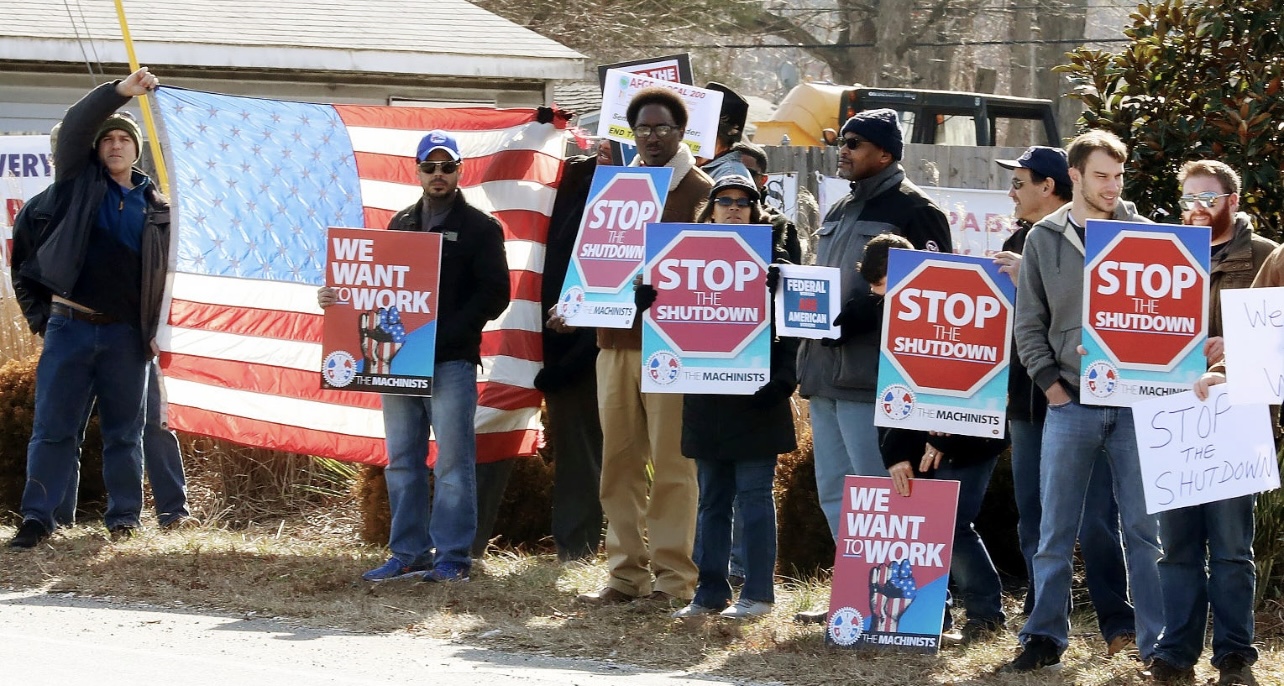The United States federal government entered a shutdown at midnight on October 1, 2025, after lawmakers failed to reach an agreement on new spending measures. The impasse has forced roughly 750,000 federal employees into unpaid leave, while thousands more classified as essential workers will continue their duties without pay until Congress resolves the standoff.
The shutdown is already disrupting critical public services. At the Federal Aviation Administration, more than 11,000 staff members have been furloughed, though air traffic controllers remain on the job to ensure safety despite missing paychecks. Transportation Security Administration employees are also working without compensation, raising concerns about low morale and potential staffing shortages at airports nationwide. Other federal departments, including Education, Commerce, and Labor, face furlough rates exceeding 75 percent, leaving many oversight and regulatory functions suspended.
Public health and research agencies such as the Centers for Disease Control and Prevention and the National Institutes of Health are scaling back operations, halting nonessential research and delaying key public programs. National parks and museums have also begun closing visitor centers, with minimal staffing expected to continue at some sites.

Labor unions representing federal workers have filed a lawsuit against the Office of Management and Budget and the Office of Personnel Management, accusing them of unlawfully threatening mass layoffs during the shutdown preparations. While the Government Employee Fair Treatment Act guarantees retroactive pay for most furloughed staff, union leaders stress that the uncertainty and immediate financial strain are causing severe hardship for families.
Economists warn that if the shutdown drags on, it could cost hundreds of millions of dollars each day in lost wages, productivity, and reduced consumer spending. The deadlock stems from partisan disputes in Congress, with Republicans resisting provisions tied to Affordable Care Act funding and Democrats refusing to drop them. Until a resolution is found, both federal workers and the public will continue to feel the impact of a government brought to a standstill.



